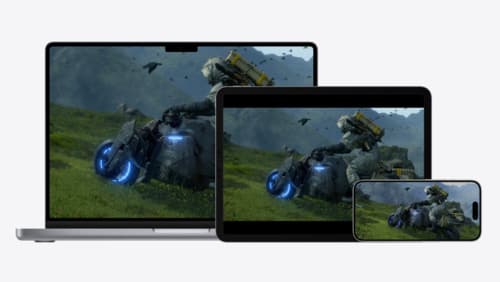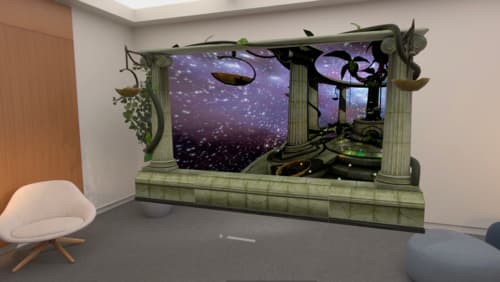How do I build an ios app using Kotlin?
Asked on 2024-08-21
1 search
To build an iOS app, Apple recommends using their native SDKs, which include Swift, SwiftUI, and Xcode. These tools are designed to provide a seamless development experience across all Apple devices, allowing you to create apps with a consistent look and feel. Swift is the primary programming language for iOS development, and SwiftUI is a framework that simplifies the process of building user interfaces by focusing on the UI's description rather than the implementation details.
If you're interested in learning more about building apps with Swift and SwiftUI, you might want to check out the session titled "Platforms State of the Union" from WWDC 2024, which discusses the benefits of using Apple's native SDKs and SwiftUI for app development. You can find more information about SwiftUI in the session at this timestamp.
For those interested in cross-platform development, Apple also supports cross-compilation, allowing you to build your app on macOS and run it on other platforms, such as Linux. This is discussed in the session "What’s new in Swift," which introduces a fully static Linux SDK for Swift to facilitate cross-compilation. You can learn more about this feature at this timestamp.
If you have any specific questions about using these tools or need further guidance, feel free to ask!

Port advanced games to Apple platforms
Discover how simple it can be to reach players on Apple platforms worldwide. We’ll show you how to evaluate your Windows executable on Apple silicon, start your game port with code samples, convert your shader code to Metal, and bring your game to Mac, iPhone, and iPad. Explore enhanced Metal tools that understand HLSL shaders to validate, debug, and profile your ported shaders on Metal.

Platforms State of the Union
Discover the newest advancements on Apple platforms.

Bring your iOS or iPadOS game to visionOS
Discover how to transform your iOS or iPadOS game into a uniquely visionOS experience. Increase the immersion (and fun factor!) with a 3D frame or an immersive background. And invite players further into your world by adding depth to the window with stereoscopy or head tracking.
